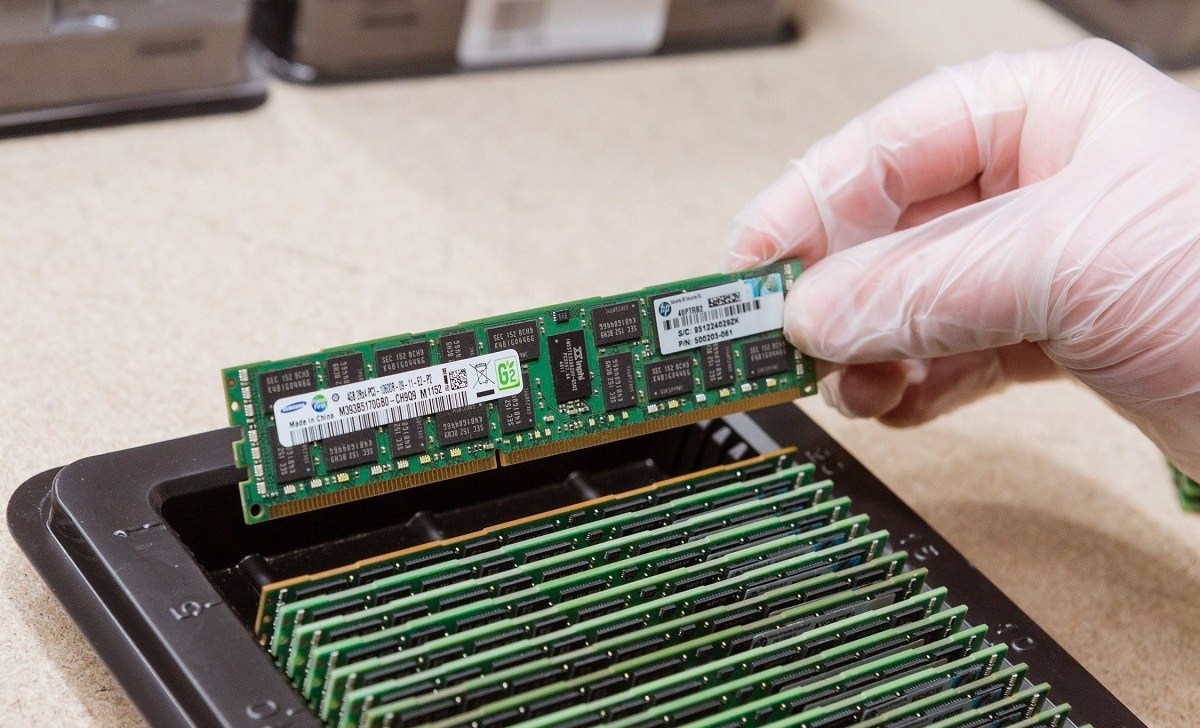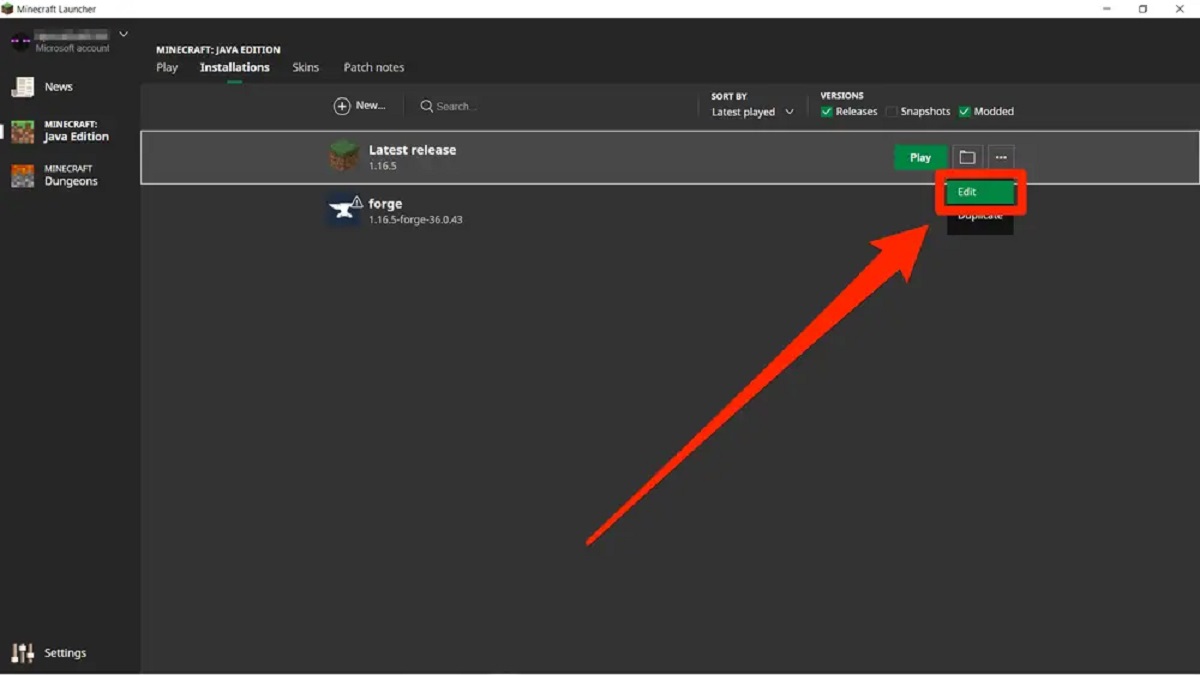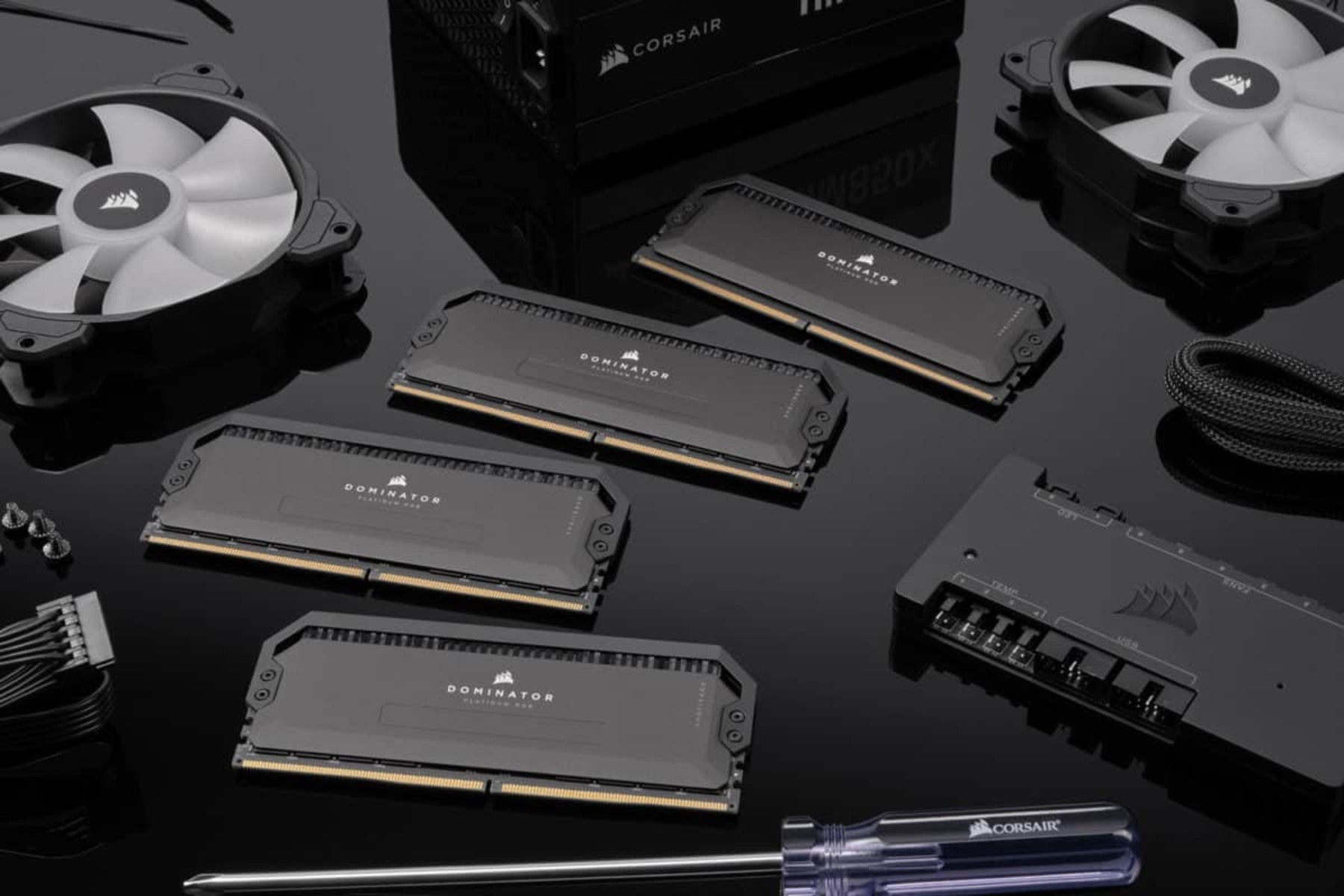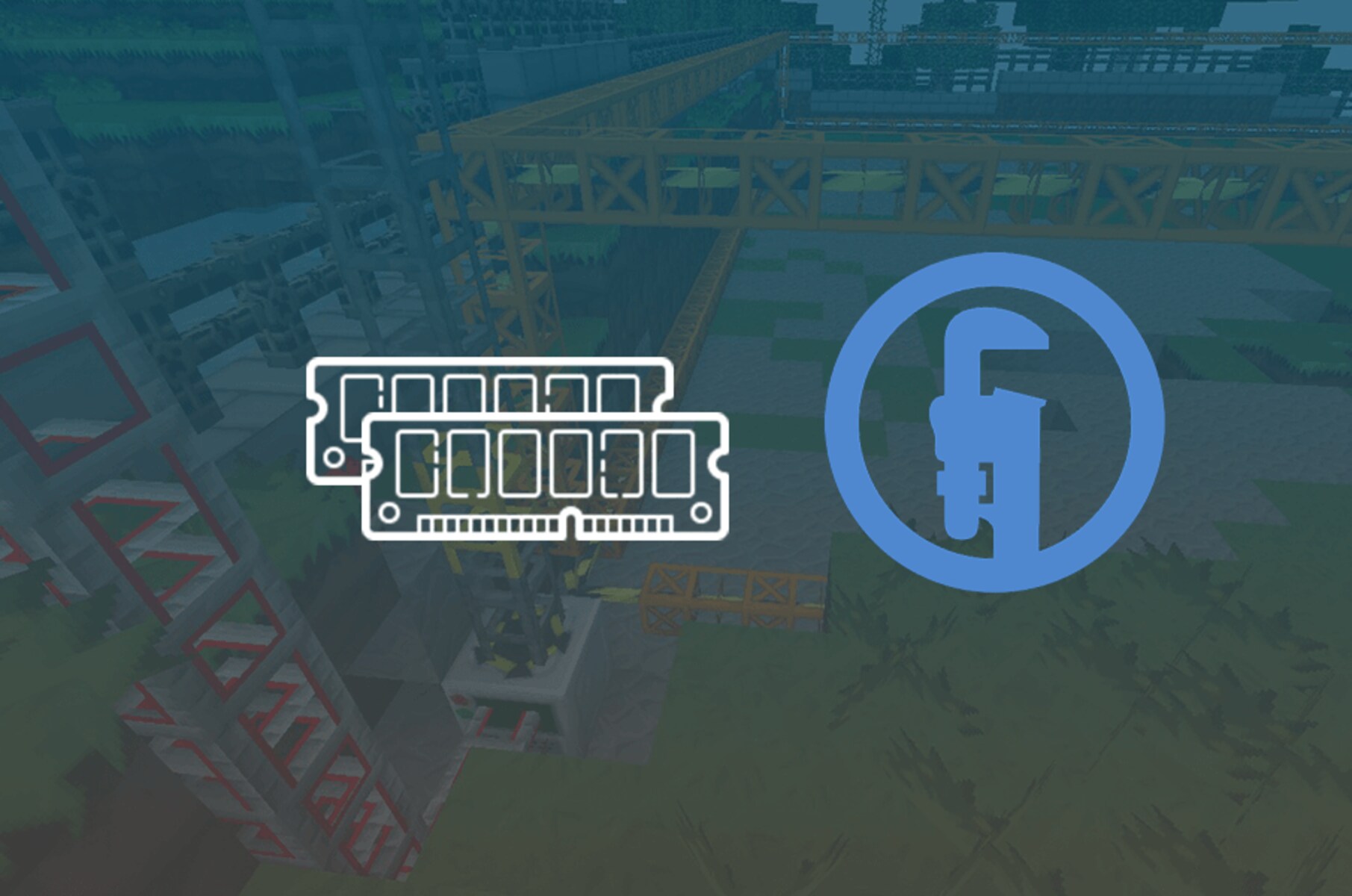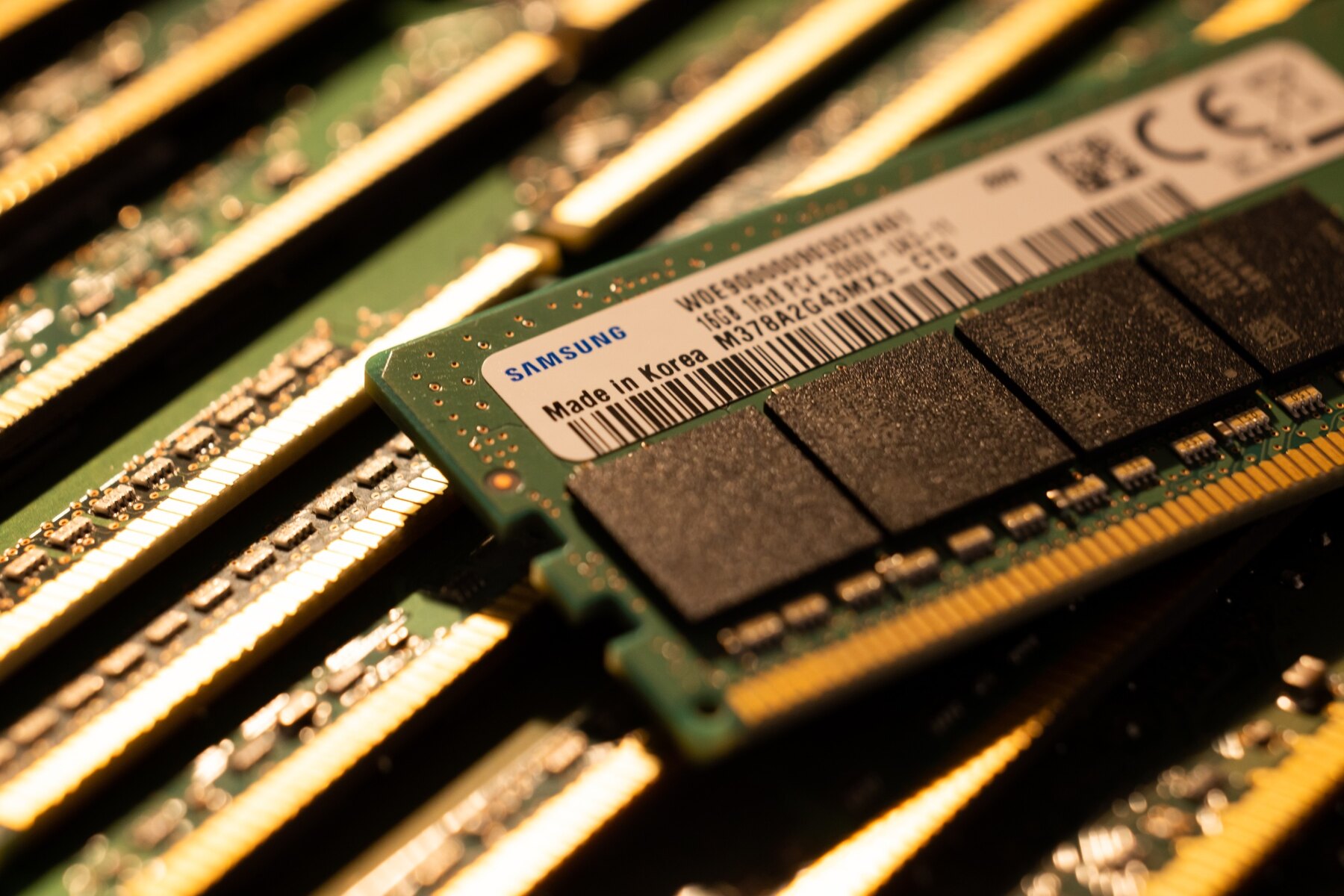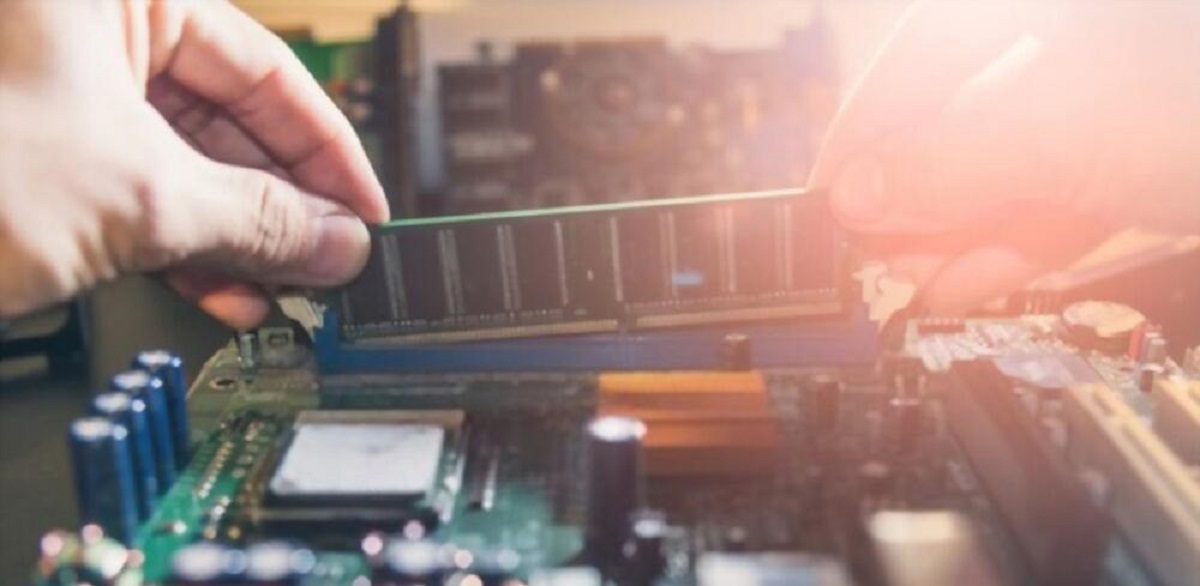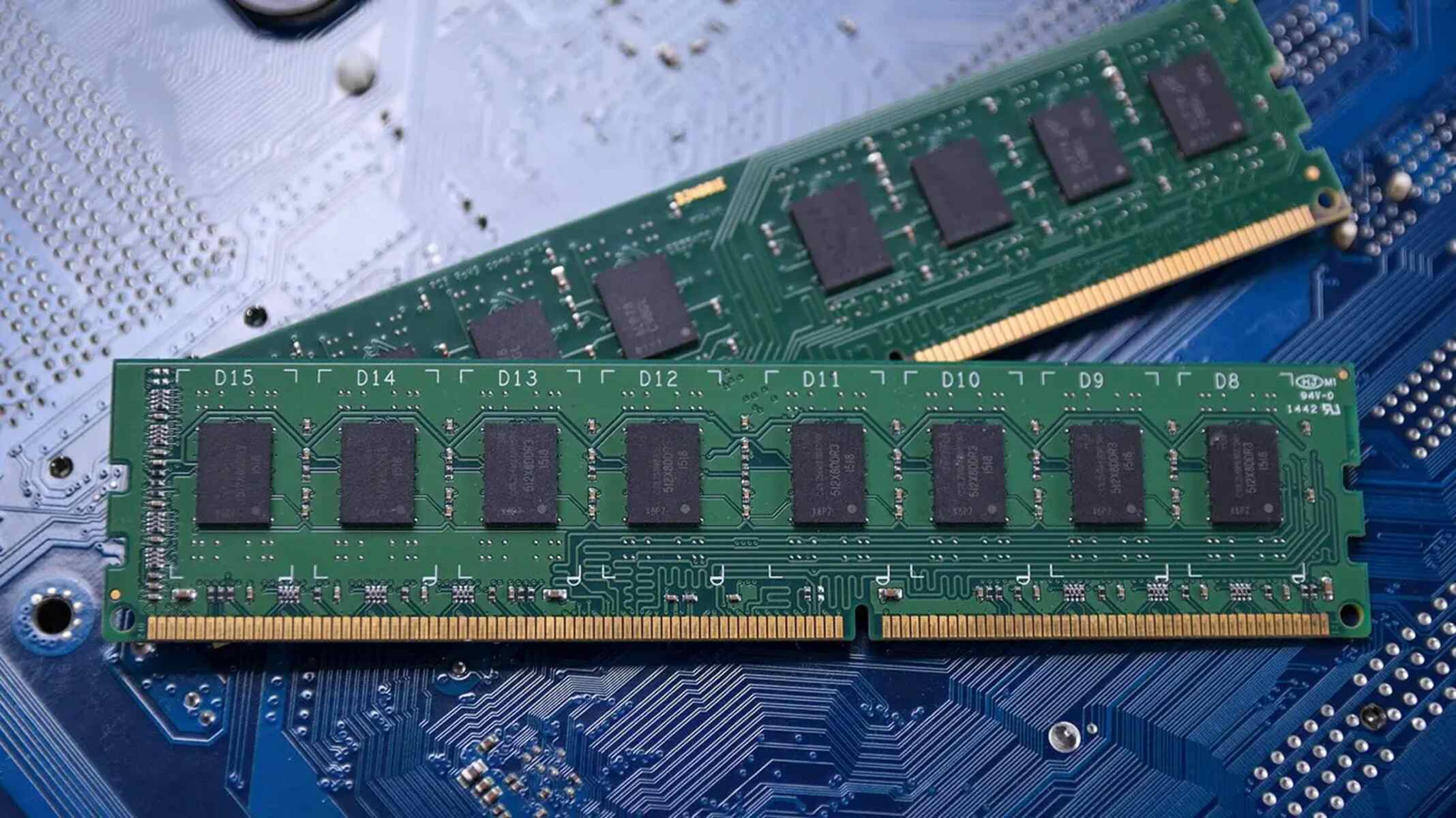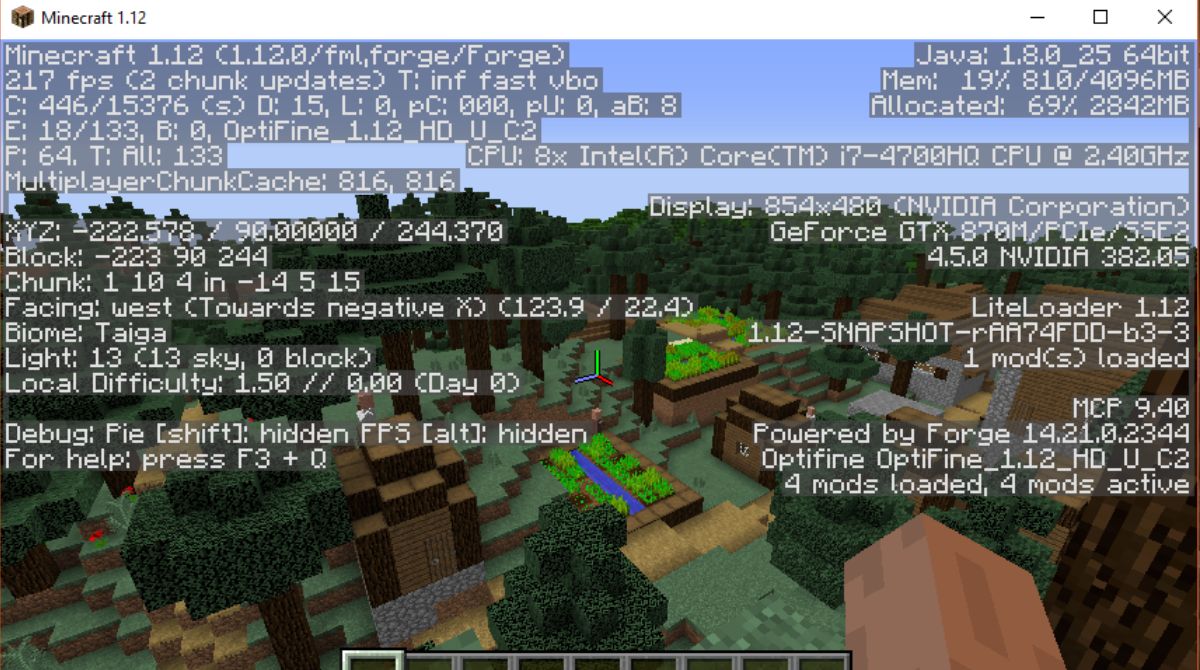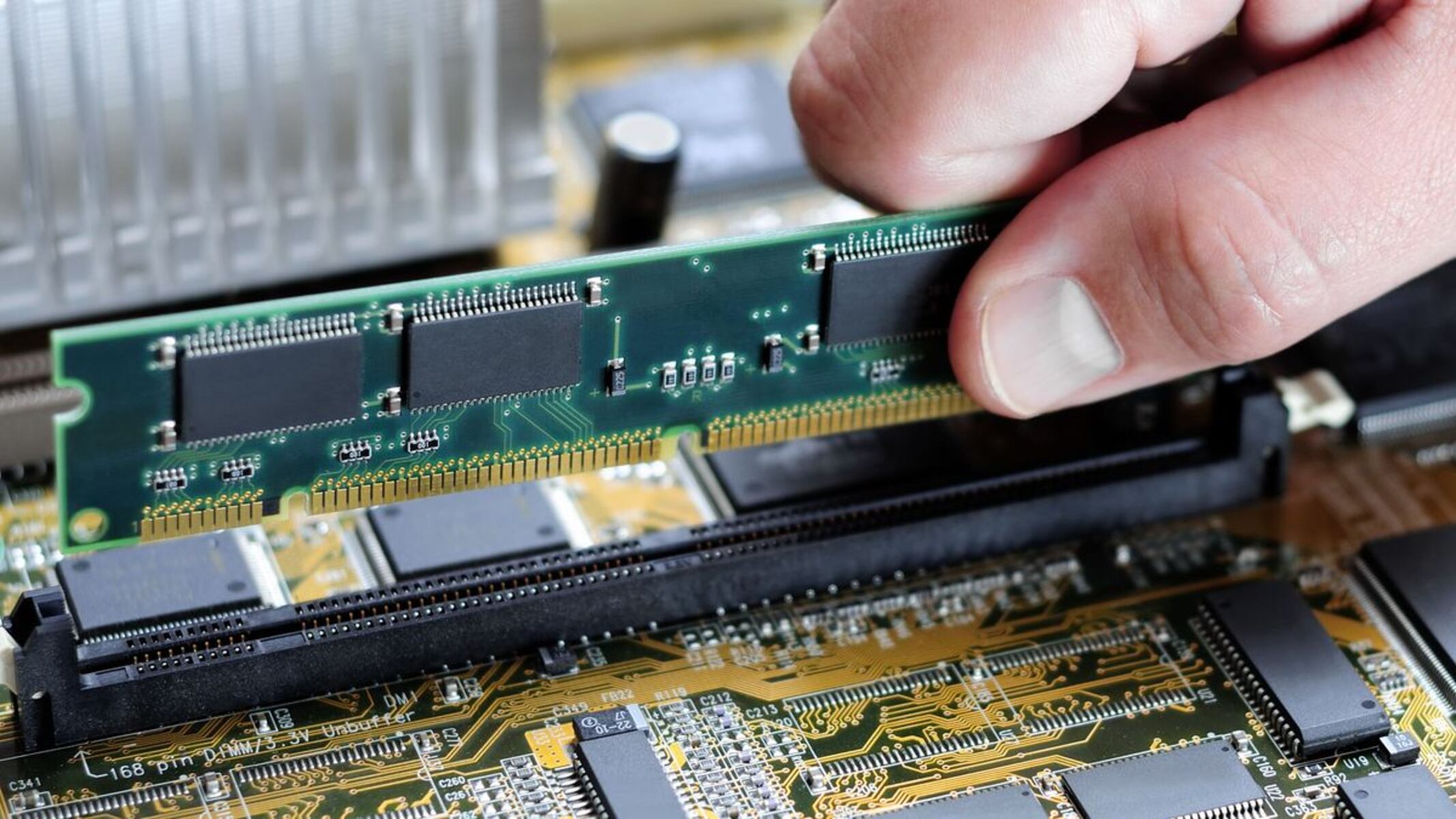Why is RAM important for servers?
Random Access Memory, commonly referred to as RAM, is a critical component of a server and plays a crucial role in its performance and functionality. RAM serves as a temporary storage space for data that the server needs to access quickly. It acts as a bridge between the server’s processor and the hard drive, allowing for faster data retrieval and processing.
One of the primary reasons why RAM is important for servers is its ability to handle multiple tasks simultaneously. When a server receives requests from multiple users or applications, it needs to allocate sufficient memory to each task for efficient execution. Without adequate RAM, the server may struggle to handle concurrent requests, resulting in slower response times and potential system crashes.
Furthermore, RAM is crucial for storing and running server applications and operating systems. When a server application is launched, it is loaded into RAM, allowing for faster execution. The more RAM a server has, the more applications it can run simultaneously without experiencing performance degradation.
In addition to multitasking, RAM also impacts the server’s overall performance and data transfer rates. With higher RAM capacity, the server can cache frequently accessed data, reducing the need to fetch it from the slower hard drive. This results in faster data retrieval and improved server responsiveness.
Another significant benefit of having sufficient RAM in a server is the ability to handle large datasets. Some server applications, such as database servers, handle massive amounts of data. Having ample RAM ensures that the server can load and process large datasets efficiently, avoiding bottlenecks and data transfer delays.
It is worth mentioning that RAM is a type of volatile memory, meaning it requires a constant power supply to retain data. Therefore, it is crucial to ensure that servers have reliable power sources to prevent any data loss in case of unexpected shutdowns or power failures.
In summary, RAM is a vital component of servers that significantly impacts their performance and functionality. It enables multitasking, improves data transfer rates, enhances responsiveness, and facilitates the efficient handling of large datasets. Investing in sufficient RAM capacity for servers is essential to ensure smooth operations and prevent performance bottlenecks.
How much RAM do typical servers have?
The amount of RAM found in typical servers can vary depending on various factors such as the server’s intended purpose, workload, and budget. However, it is common for servers to have a higher amount of RAM compared to personal computers or laptops due to their demanding nature.
Entry-level servers, often used for small businesses or basic web hosting, typically have around 8GB to 16GB of RAM. These servers are suitable for handling minimal workloads such as basic website hosting, file sharing, or small-scale database management.
Mid-range servers, which are commonly used for medium-sized businesses or more intensive applications, usually have anywhere from 16GB to 64GB of RAM. These servers can handle more concurrent tasks, larger datasets, and higher traffic volumes. They are suitable for applications such as e-commerce platforms, enterprise-level databases, virtualization, and content management systems.
For larger enterprises or organizations with exceptionally high workloads, high-end servers are deployed. These servers typically have 64GB to 512GB or even terabytes of RAM. High-end servers excel at handling resource-intensive activities, such as complex data analytics, artificial intelligence, machine learning, and virtualization environments with a large number of virtual machines.
It’s important to note that the RAM requirements for servers can vary greatly depending on specific server configurations and the intended workload. Some server applications, such as database servers or virtualization platforms, are inherently memory-intensive and may require more RAM to perform optimally.
It’s also worth mentioning that RAM can be upgraded on many servers, allowing for future scalability. This is particularly beneficial for businesses that anticipate growth or increased workload demands. Upgrading the RAM of a server can be a cost-effective way to enhance its performance without investing in a completely new system.
Lastly, the cost of RAM can also impact the amount of RAM that is typically found in servers. As the price of RAM modules continues to decrease, servers with higher RAM capacities are becoming more affordable and accessible for various businesses and organizations.
In summary, the amount of RAM found in typical servers can range from 8GB for entry-level servers to several terabytes for high-end servers. The specific RAM requirement depends on the server’s purpose, workload, and budget, as well as the scalability options and future growth considerations of the business or organization.
Factors that affect the amount of RAM in a server
Several factors come into play when determining the amount of RAM required for a server. These factors contribute to the overall performance, scalability, and cost considerations. Understanding these factors can help businesses make informed decisions when choosing the appropriate amount of RAM for their servers.
1. Workload and Usage: The type of workload and how the server will be utilized is a crucial factor in determining the RAM requirements. Servers handling complex database queries or virtualization environments will generally require more RAM compared to those used for basic file storage or web hosting.
2. Traffic Volume: The number of concurrent users or connections the server needs to handle plays a significant role. Servers experiencing high traffic volumes or serving large user bases will require more RAM to ensure smooth performance and optimal response times.
3. Data Size: The size of the data being processed or stored on the server is an important consideration. Servers dealing with large datasets, such as database servers or content management systems with extensive media files, require additional RAM to efficiently handle and manipulate the data.
4. Software Requirements: The software applications running on the server may have specific RAM requirements that need to be met. Certain server applications, such as enterprise-level databases or resource-intensive software, may necessitate higher RAM capacities to operate efficiently.
5. Future Growth and Scalability: Considering the scalability options and future growth plans of a business is crucial. If a business anticipates increased workload demands or plans to expand its operations, it may be wise to invest in a server with more RAM to accommodate future growth without the need for immediate hardware upgrades.
6. Budget: The budget allocated for the server also influences the amount of RAM that can be included. Higher RAM capacities generally come at a higher cost, so businesses need to find a balance between their requirements and budget constraints.
It is important to note that individual server configurations and specific use cases may have additional factors affecting the amount of RAM required. Consulting with IT professionals or server experts can provide valuable insights and ensure the correct amount of RAM is chosen for optimal server performance.
In summary, factors such as workload, traffic volume, data size, software requirements, future growth plans, and budget constraints impact the amount of RAM needed for a server. By carefully considering these factors, businesses can make informed decisions and choose the right amount of RAM to meet their server’s performance and scalability needs.
Types of RAM commonly used in servers
When it comes to choosing RAM for servers, there are different types available, each with its own advantages and considerations. Understanding the different types of RAM commonly used in servers can help businesses make informed decisions and ensure compatibility with their server hardware.
1. DDR4: DDR4 (Double Data Rate 4) is currently the most commonly used RAM type in servers. It offers higher speeds and improved energy efficiency compared to its predecessor, DDR3. DDR4 RAM modules have increased data transfer rates, making them ideal for handling demanding workloads and ensuring faster access to data.
2. Registered (RDIMM) vs. Unbuffered (UDIMM): Server RAM modules can be either registered or unbuffered. Registered DIMMs (RDIMMs) provide additional features, such as error correction and improved reliability, at the cost of slightly higher latency. Unbuffered DIMMs (UDIMMs) are generally more cost-effective but do not offer the same level of error correction and are suitable for less critical applications.
3. ECC (Error-Correcting Code): ECC RAM is designed to detect and correct errors that may occur during data transfers. It adds an extra layer of reliability to the server’s memory and is commonly used in servers where data corruption or errors could have serious consequences, such as financial institutions or scientific research facilities.
4. Load-Reduced DIMM (LRDIMM): LRDIMM is a type of RAM that helps reduce electrical loads within the server. It allows for larger memory capacities per channel and supports greater scalability. LRDIMMs are often used in high-end servers that require vast amounts of RAM for memory-intensive applications such as virtualization or big data processing.
5. NVDIMM: NVDIMM (Non-Volatile DIMM) is a hybrid combination of traditional RAM and non-volatile storage. It provides the speed and volatility of RAM, along with the ability to retain data even during power outages. NVDIMMs are used in servers that require both high performance and data persistence, such as in-memory databases or enterprise-grade storage solutions.
6. Memory Mirroring and Memory Rank: Some server systems support memory mirroring, which duplicates the RAM modules for increased redundancy and fault tolerance. Memory rank refers to the organization of memory modules within a channel and can affect the overall performance of the RAM subsystem. These features are worth considering for critical server applications that require high availability and data integrity.
It is crucial to ensure compatibility between the chosen RAM type and the server’s motherboard specifications. Servers typically have specific guidelines and limitations regarding the maximum RAM capacity, supported RAM speeds, and types of RAM modules they can accommodate.
In summary, DDR4 RAM is the most common type used in servers, with options for registered or unbuffered modules. ECC RAM provides error correction, while LRDIMMs offer greater scalability. NVDIMMs combine the speed of RAM with non-volatile storage capabilities. Memory mirroring and memory rank are additional considerations for fault tolerance and performance. Understanding the different types of RAM available allows businesses to select the most suitable option for their server’s requirements.
How does the amount of RAM in a server affect performance?
The amount of RAM in a server has a significant impact on its overall performance. RAM plays a crucial role in storing and accessing data quickly, which directly affects the server’s ability to handle workloads and deliver a seamless user experience.
1. Improved Multitasking: Adequate RAM allows a server to handle multiple tasks simultaneously without experiencing performance degradation. When more RAM is available, the server can allocate sufficient memory to each task, ensuring smooth execution and minimizing slowdowns or crashes due to insufficient memory.
2. Increased Processing Speed: With more RAM, a server can store frequently accessed data, applications, and operating systems in its memory. This reduces the need to retrieve data from slower storage devices, such as hard drives or solid-state drives (SSDs), resulting in faster data retrieval and processing speeds. This, in turn, leads to improved server responsiveness and shorter response times for users accessing the server.
3. Efficient Workload Handling: Servers with ample RAM can handle larger workloads more efficiently. They can hold and manipulate larger datasets in memory, reducing the reliance on slower storage devices. This is particularly crucial for server applications that process extensive data, such as database servers or complex data analytics platforms.
4. Better Virtualization Performance: Virtualization platforms, which run multiple virtual machines (VMs) on a single physical server, benefit significantly from increased RAM. Servers with more RAM can allocate sufficient memory to each VM, preventing resource contention and ensuring smooth performance for all virtual instances.
5. Optimized Caching: RAM acts as a cache, storing frequently accessed data for faster retrieval. With more RAM, a server can cache a larger amount of data, reducing the need to access the slower storage devices. This improves the overall efficiency of the server’s data retrieval process, leading to faster response times and smoother data access for users.
It is important to note that while increasing the amount of RAM can improve server performance, there may be diminishing returns beyond a certain point. The optimal amount of RAM varies depending on the specific workload, applications, and user requirements. Consulting with server experts or conducting performance tests can help determine the appropriate RAM capacity for a specific server setup.
In summary, the amount of RAM in a server directly impacts its performance. Adequate RAM enables efficient multitasking, faster data retrieval speeds, improved workload handling, better virtualization performance, and optimized caching. Investing in sufficient RAM capacity is crucial for ensuring optimal server performance and delivering a seamless user experience.
Recommended amount of RAM for different server types
The recommended amount of RAM for a server depends on various factors, including the server’s intended use, workload requirements, and scalability needs. Having the appropriate amount of RAM ensures smooth performance and efficient handling of tasks. Here are some general recommendations for different types of servers:
1. Small Business or Basic Web Hosting: For entry-level servers handling basic tasks, such as small business operations or basic web hosting, a recommended RAM capacity is around 8GB to 16GB. This allows for smooth handling of minimal workloads and ensures the server can handle concurrent requests efficiently.
2. Medium-Sized Business or Intensive Applications: Servers used for medium-sized businesses or applications with higher resource demands, such as e-commerce platforms or content management systems, should consider a RAM capacity ranging from 16GB to 64GB. This enables efficient handling of larger workloads, offers improved multitasking capabilities, and ensures better responsiveness for end-users.
3. Large Enterprises or Resource-Intensive Applications: High-end servers used by large enterprises or for resource-intensive applications, such as databases, virtualization environments, or big data processing, should have a recommended RAM capacity range of 64GB to 512GB or more. This provides the necessary resources to handle complex calculations, large datasets, and high traffic volumes without performance bottlenecks.
4. Specialized Applications or High-Performance Computing: Servers used for specialized applications, such as in-memory databases or high-performance computing, may require even larger RAM capacities. These servers should typically have a minimum of 512GB of RAM or even terabytes of RAM, depending on the specific workload requirements.
It’s important to note that these are general recommendations and the specific RAM requirements may vary depending on factors such as the number of concurrent users, data size, software requirements, and future growth plans. Consulting with IT professionals or server experts is advised to determine the optimal RAM capacity for a particular server setup.
It’s also worth considering the scalability of the server. Businesses that anticipate growth or increased workload demands should plan for future scalability by investing in servers with enough RAM slots and expandability options. This allows for easy RAM upgrades in the future without the need for replacing the entire server.
In summary, the recommended amount of RAM for servers varies based on the server’s intended use and workload requirements. Small businesses or basic web hosting servers typically require 8GB to 16GB of RAM, while medium-sized businesses or more intensive applications benefit from 16GB to 64GB. Large enterprises or resource-intensive applications often necessitate 64GB to 512GB or more. Specialized applications or high-performance computing may require even larger RAM capacities. Considering future growth and scalability is crucial when choosing the appropriate amount of RAM for a server.
Upgrading the RAM in a server: Things to consider
Upgrading the RAM in a server can be a cost-effective way to enhance its performance and accommodate increasing workload demands. However, there are several important factors that businesses should consider before proceeding with a RAM upgrade:
1. Compatibility: It is essential to ensure that the new RAM modules are compatible with the server’s existing hardware and motherboard. This includes checking for the correct RAM type, speed, voltage, and capacity. Consulting the server’s technical documentation or seeking advice from experts can help determine the appropriate RAM modules to purchase.
2. Maximum RAM Capacity: Servers have a maximum capacity of RAM they can support. It is crucial to determine the server’s maximum RAM capacity to avoid purchasing more RAM than the system can handle. This information can typically be found in the server’s documentation or by consulting the manufacturer’s website.
3. Existing RAM Configuration: Understanding the server’s current RAM configuration is crucial to ensure optimal performance and compatibility. This includes information about the number of RAM slots in use, the types of RAM modules installed, and the current capacity. Upgrading the RAM may require replacing existing modules or adding new ones in available slots.
4. Budget: Considering the budget is essential when planning a RAM upgrade. RAM prices can vary based on capacity and technology. It’s important to strike a balance between the required upgrade and the available budget. Additionally, it may be worthwhile to explore the option of buying used or refurbished RAM modules to reduce costs while still maintaining quality.
5. Future Scalability: It’s advisable to consider the future scalability requirements when upgrading the RAM. Assessing potential growth and workload demands can help determine whether the new RAM configuration will be sufficient in the long run. Choosing a server with expandable RAM slots can provide flexibility for future upgrades without the need for a complete hardware replacement.
6. Professional Assistance: If unsure about the technical aspects of a RAM upgrade, seeking professional assistance can be beneficial. IT experts or system administrators can offer guidance on compatibility, configuration, and the best practices for installing the new RAM modules. This can ensure a smooth upgrade process and minimize the risk of damaging the server’s hardware.
Before proceeding with a RAM upgrade, it’s important to back up any critical data and create a contingency plan in case any issues arise during the upgrade process. Additionally, conducting thorough performance tests after the upgrade can help verify that the new RAM configuration is functioning optimally and delivering the expected improvements.
In summary, when upgrading the RAM in a server, businesses should consider compatibility with existing hardware, the server’s maximum RAM capacity, the current RAM configuration, budget constraints, future scalability needs, and the possibility of seeking professional assistance. Taking these factors into account will help ensure a successful RAM upgrade and improved server performance.
How to check the amount of RAM in a server
Checking the amount of RAM in a server is a straightforward process that can be done using various methods. Here are some common methods to determine the amount of RAM installed in a server:
1. Operating System Utilities: Most operating systems provide built-in utilities that allow users to check system information, including the amount of installed RAM. On Windows systems, you can use the Task Manager or the System Information tool. On Linux-based systems, you can use commands like “free -h” or “cat /proc/meminfo” in the terminal to view the RAM information.
2. BIOS or UEFI Settings: Restart the server and access the BIOS or UEFI settings. These settings can usually be accessed by pressing a specific key during the server’s boot sequence, such as Del, F2, or Esc. Once in the settings, navigate to the system information or hardware configuration section, where the amount of installed RAM should be displayed.
3. Server Management Software: Many servers come with server management software that provides detailed information about the server’s hardware. These software tools, such as Dell OpenManage or HPE iLO, allow users to monitor various aspects of the server, including RAM usage and configuration.
4. Third-Party System Monitoring Tools: There are also third-party system monitoring tools available that provide comprehensive details about a server’s hardware. Tools like HWiNFO, Speccy, or CPU-Z can display information about the installed RAM, including its capacity, speed, and configuration.
5. Server Documentation: If the server’s documentation and manuals are available, they often provide detailed information about its hardware specifications, including the amount and type of RAM installed.
When using any of these methods, it’s important to note that the displayed amount of RAM may not always match the physical RAM modules installed. Some server configurations reserve a portion of the RAM for system processes and hardware allocation. This reserved RAM may not be reported as available when checking the server’s RAM capacity through software utilities.
By using one or a combination of these methods, server administrators or IT personnel can easily check the amount of RAM installed in a server. This information is crucial for troubleshooting, capacity planning, and ensuring that the server has sufficient resources to handle its workload efficiently.
In summary, checking the amount of RAM in a server can be done using operating system utilities, accessing BIOS or UEFI settings, using server management software, utilizing third-party system monitoring tools, or referring to the server’s documentation. These methods provide server administrators and IT personnel with the necessary information to monitor and manage the server’s RAM resources effectively.







